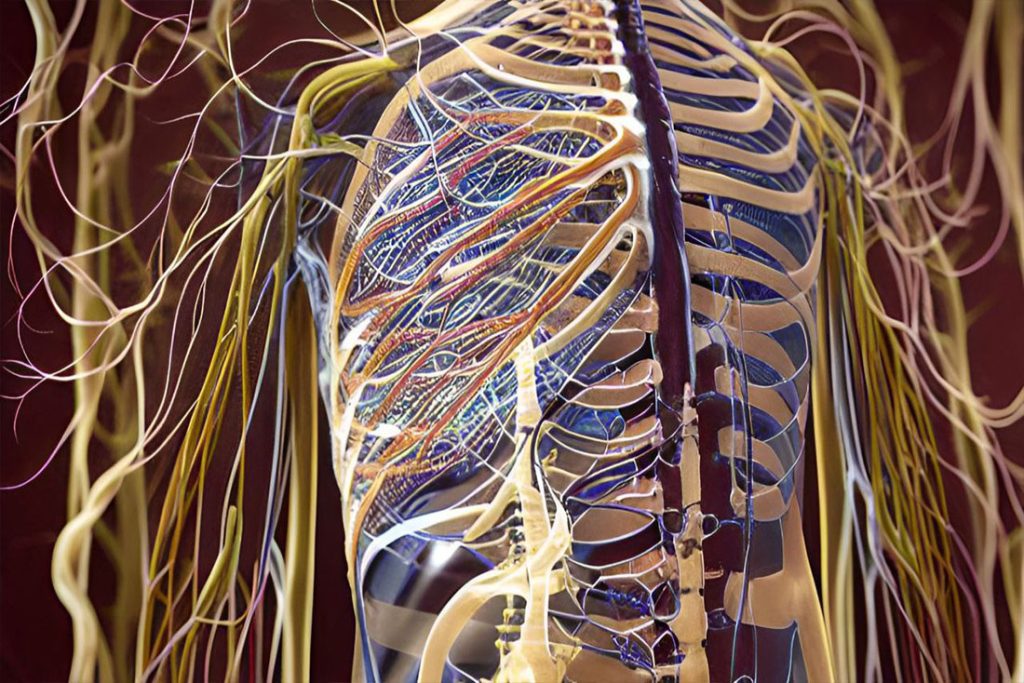Dermatomes: Mapping Sensory Innervation of the Body
Dermatomes play a crucial role in mapping the sensory innervation of the body. They are specific regions of the skin that are supplied by sensory fibers originating from a single spinal cord level or a single spinal nerve. Understanding dermatomes is essential for localizing lesions or determining the level of spinal cord involvement in clinical practice. This article explores the concept of dermatomes, their distribution, and their significance in clinical evaluation.

Dermatomes
Development and Organization
During embryonic development, cells from a specific somite differentiate into the dermis of the skin in a precise location. Consequently, somatic sensory fibers associated with that somite enter the posterior region of the spinal cord at a specific level and become part of a single spinal nerve. This arrangement establishes the dermatomal pattern in which each spinal nerve carries somatic sensory information from a specific area of the skin.

Dermatome Distribution
While there is some overlap between adjacent dermatomes, a specific region within each dermatome can be identified as an area supplied by a single spinal cord level. The dermatomes are arranged in a sequential pattern along the length of the body. Clinicians and researchers have mapped the dermatomes to create a comprehensive understanding of the sensory innervation of the body. By studying the dermatomes, medical professionals can correlate sensory deficits with specific levels of spinal cord involvement.
Clinical Significance
Dermatomes have significant clinical relevance in diagnosing and localizing neurological conditions. By testing touch sensation within autonomous zones corresponding to specific dermatomes, clinicians can assess sensory function and identify abnormalities. In conscious patients, evaluating touch perception within dermatomal regions can help localize lesions to a specific spinal nerve or determine the level of spinal cord involvement. This information aids in accurate diagnosis, treatment planning, and monitoring of neurological conditions.
Practical Applications
Dermatomes serve as a useful tool in neurology and clinical practice. Physicians and healthcare providers can employ dermatome mapping to assess sensory deficits, diagnose conditions affecting specific spinal cord levels, and determine the extent of nerve damage. Dermatome testing is commonly used in the evaluation of spinal cord injuries, nerve compressions, and peripheral neuropathies. It provides valuable insights into the functioning of the nervous system and helps guide appropriate treatment interventions.
Dermatomes are essential in understanding the sensory innervation of the body. These distinct regions of skin supply valuable information about specific spinal cord levels and their associated sensory functions. By evaluating touch perception within dermatomes, clinicians can accurately localize lesions or identify the level of spinal cord involvement. Dermatome mapping plays a vital role in neurological assessments and facilitates targeted diagnosis and treatment of neurological conditions. The knowledge of dermatomes enhances our understanding of the complex interplay between the nervous system and sensory perception, contributing to comprehensive patient care.











